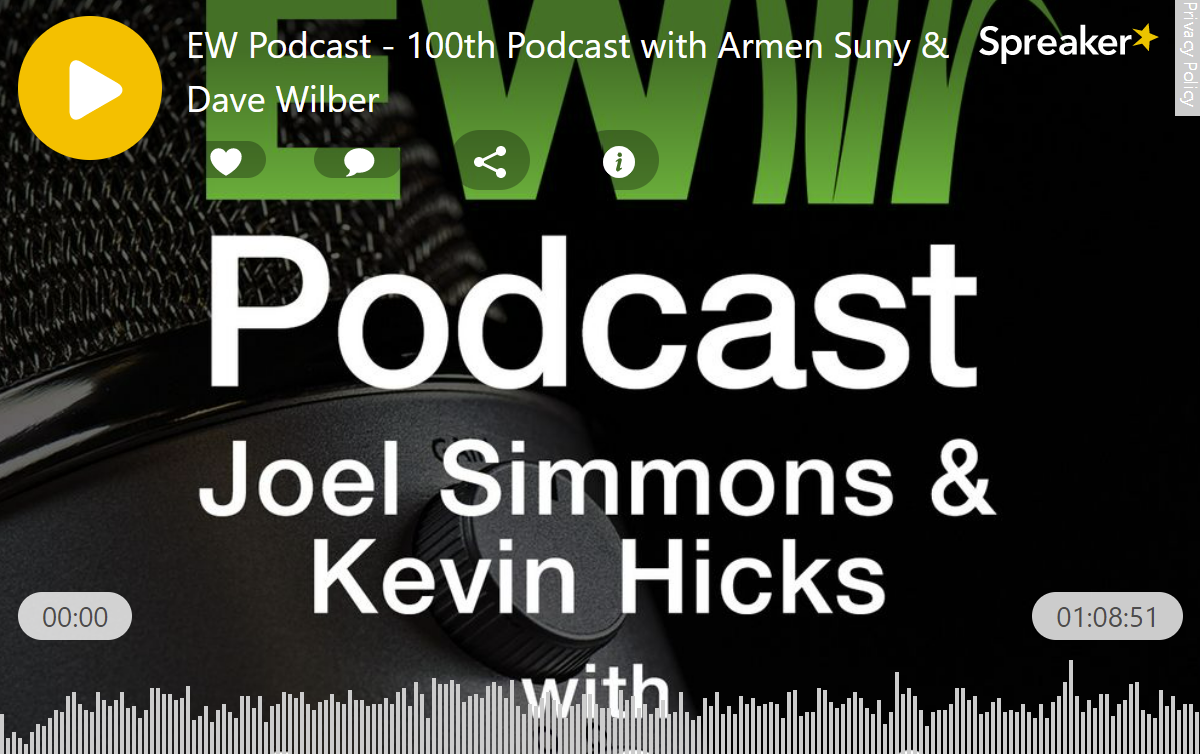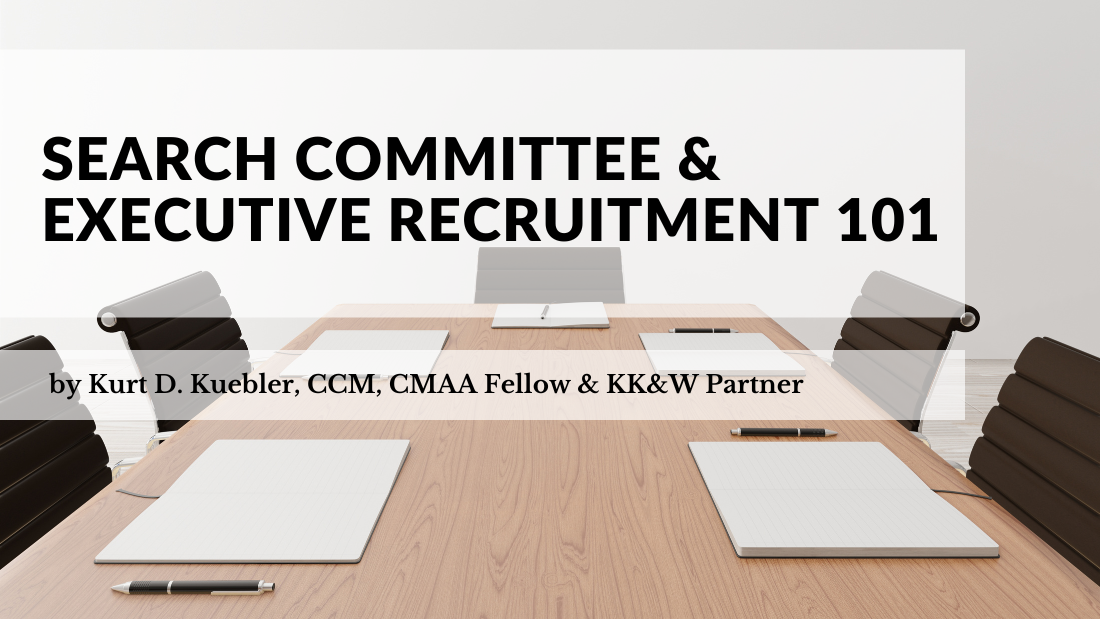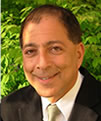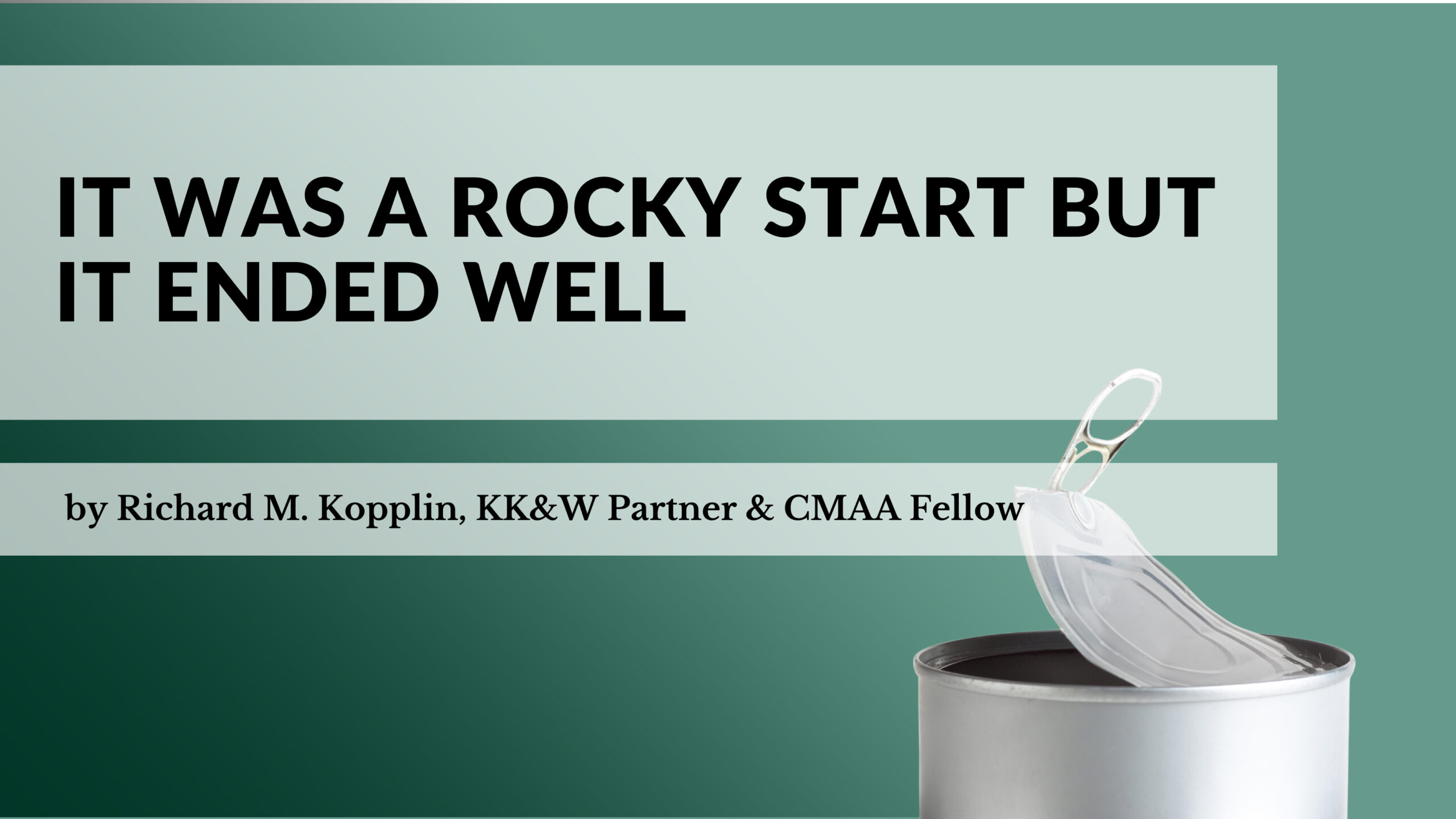EarthWorks Podcast – 100th Segment Featuring Armen Suny
The 100th version of the EW Podcast features two of their most popular guests over the past two years, Armen Suny and Dave Wilber. In this segment they talk about about the state of the industry, and as always, end up with some very funny stories and a great conversation. Thank you to all who have joined as guests and to all who have listened, making the EarthWorks Podcast one of the most successful in the turf industry.
About the Armen Suny…
Armen Suny is a search executive with Kopplin Kuebler & Wallace. He was the superintendent at Cherry Hills Country Club for the “1985 PGA Championship” and went on to host six PGA Tour events at Castle Pines. He was the general manager at Shadow Creek for Steve Wynn. Suny was the assistant Superintendent at Merion Golf Club for the 1981 US Open and an intern at Aronimink Golf Club for the 1977 US Amateur. Armen can be reached at (303) 570-2741 or via email at armen@kkandw.com.
Suny’s education is in turfgrass management from Penn State. His experiences include: Golf course design (Sagebrush Golf and Sporting Club, No. 1 new golf course in Canada, 2009 with Rod Whitman and Richard Zokol,) PGA Tour tournament director, and golf course residential project workouts.






 Armen Suny
Armen Suny Lisa Carroll Lisa Carroll is a Search Executive and Relationship Manager at Kopplin & Kuebler, LLC, The Most Trusted Names in Private Club Executive Placement (
Lisa Carroll Lisa Carroll is a Search Executive and Relationship Manager at Kopplin & Kuebler, LLC, The Most Trusted Names in Private Club Executive Placement (


